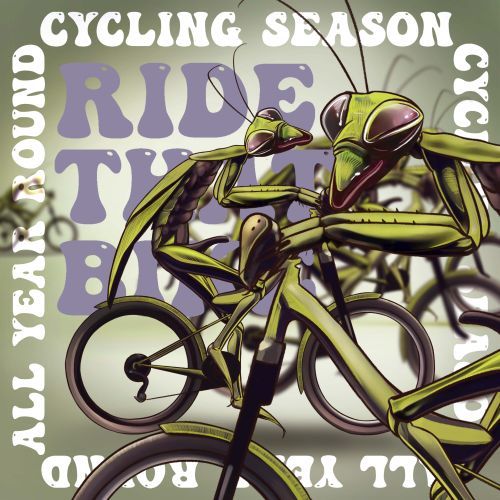Cycling Belgium and the Netherlands and the Finnish cycling winter
In a 2019 European Commission study, 62% of Dutch residents declared that their primary means of transport daily were a bicycle, a scooter or its electric version. According to Chris Bruntlett, writer and activist, Dutch success results from bold campaigns, policies and urban planning. Driving in Dutch cities is not the most convenient option, being slow and tedious. On the other hand, travelling by bike and public transport is a breeze, being fast, easy and pleasant. The network of bicycle paths is comprehensive, and the transition from bicycle to public transport is safe and generally accessible, making the daily commute a smooth experience.
According to Acerta’s annual mobility barometer, on average, almost four out of 10 Belgians now cycle at least part of their way to work by bike or scooter, marking the best result in the survey’s history. This success story of bicycle infrastructure, a wide range of available bicycles and scooters, and a bicycle allowance paints a hopeful picture of the potential of sustainable transportation.
In Oulu, Finland, residents showcase their resilience by not giving up cycling even during five months of snowy winter in arctic conditions. 42% of 210,000 people use bicycle transport there. There are over 950 km of city-maintained bicycle infrastructure in the city, thanks to which residents use it even at -20°C. Cycle paths are cleared of snow exclusively mechanically, without the use of road salt, to a thin, compact layer of snow, sometimes a dozen or so times during one night of rainfall. It is the way to avoid problems with freezing and thawing, and over 150 anonymous volunteers examine and report on the quality of bicycle path maintenance, demonstrating a strong community spirit.























